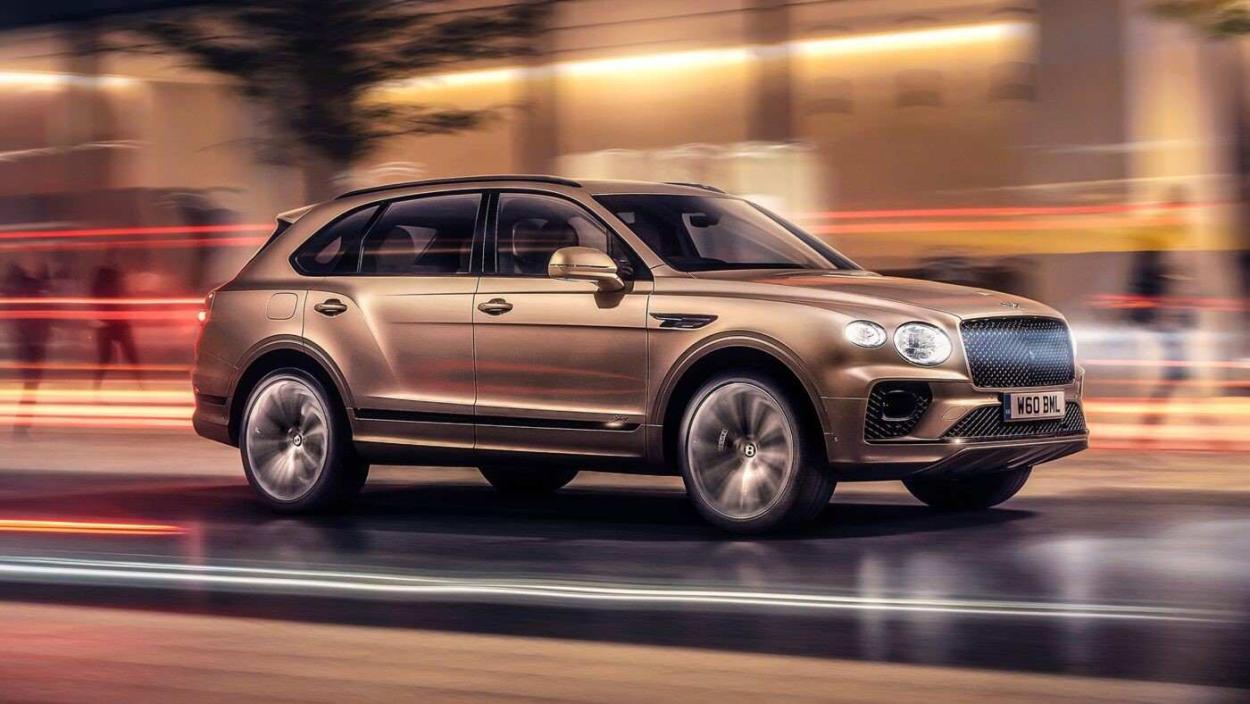
Luxury cars and sustainability: what are the challenges?
For a long time, luxury cars were considered fuel-hungry, polluting and incompatible with the notion of respect for the environment. Today, however, they seem to be trying to attract a clientele that is more attentive to sustainable development and ecological issues.
But how can we reconcile responsible initiatives with the power, design and speed criteria specific to this market? Let's take a closer look at new challenges with a green accent.
A change in expectations
Much more than a simple fashion statement, going green is considered an essential step for the automotive industry. It is a fundamental trend where environmental concerns are at the heart of the initiatives. Indeed, not only customers but also governments and investors are pushing for a new dynamic. Expectations that one would have thought luxury would be spared, and yet: technical progress and ecology are now decisive selling points. There can be no significant growth without renewing these products as much as possible, while maintaining, of course, the demanding criteria of quality, power and elegance. As Thibaut de La Rivière, Director of Sup de Luxe, explains: "Far from opposing excellence and ecology, the automotive sector wishes to provide a common solution and create a true sustainable luxury"
On the other hand, this strategy serves a very clear marketing policy: to differentiate oneself through sustainable development. Because, let's not forget, luxury is meant to seduce, but above all to surprise and to be there where you don't expect it. This is done with this ecological turn. However, be careful not to fall into green washing and into a purely advertising discourse where concrete actions and changes in favor of the environment are not real. Indeed, the relationship of trust and authenticity is essential in this type of sector.
Note that the industry is innovating a lot in terms of circular economy, responsible design, but there is still a lot of work to be done in terms of supply chain, recycling or even after-sales service. A turning point certainly, but above all a long-term involvement that, to have an impact, must be able to continue to progress.

Excellence and ecological awareness
Driving an "ecological" car is no longer reserved for a certain range. Today, the biggest names are vying with each other to offer ever more hybrid models. Like the entire automotive sector, Ferrari, Porsche and Bentley are adding an ecological dimension to their criteria of power, speed and design. A perfect example is the Porsche 918 Spyder. A plug-in hybrid supercar that manages to combine speed, luxury and environmental responsibility. Exclusive because, as its name indicates, this model is limited to 918 units, and above all it consumes only 3 liters per 100 kilometers. A real feat, especially since its power is considerable: a V8 engine and 750 HP allowing to reach 345 km/h and to cross the 100km/h bar in 2,6 sec. To finish convincing, the lithium-ion battery that supplies the electric energy will also store and convert the kinetic energy generated by braking. During acceleration, electricity is produced via the exhaust gas flow. A fine example of innovative correlation between each of the components.
Another manufacturer to opt for a more committed future: Bentley.
With the Bentayga Hybrid it is a rechargeable gasoline-electric hybrid technology that has been chosen. A V6 engine of 340 HP placed in the front to which we must add an electric block of 128 HP located in the trunk. A model with lower emissions while waiting for the next 100% electric vehicle announced for 2025.
Ambition and boldness are definitely part of the performance lexicon.
